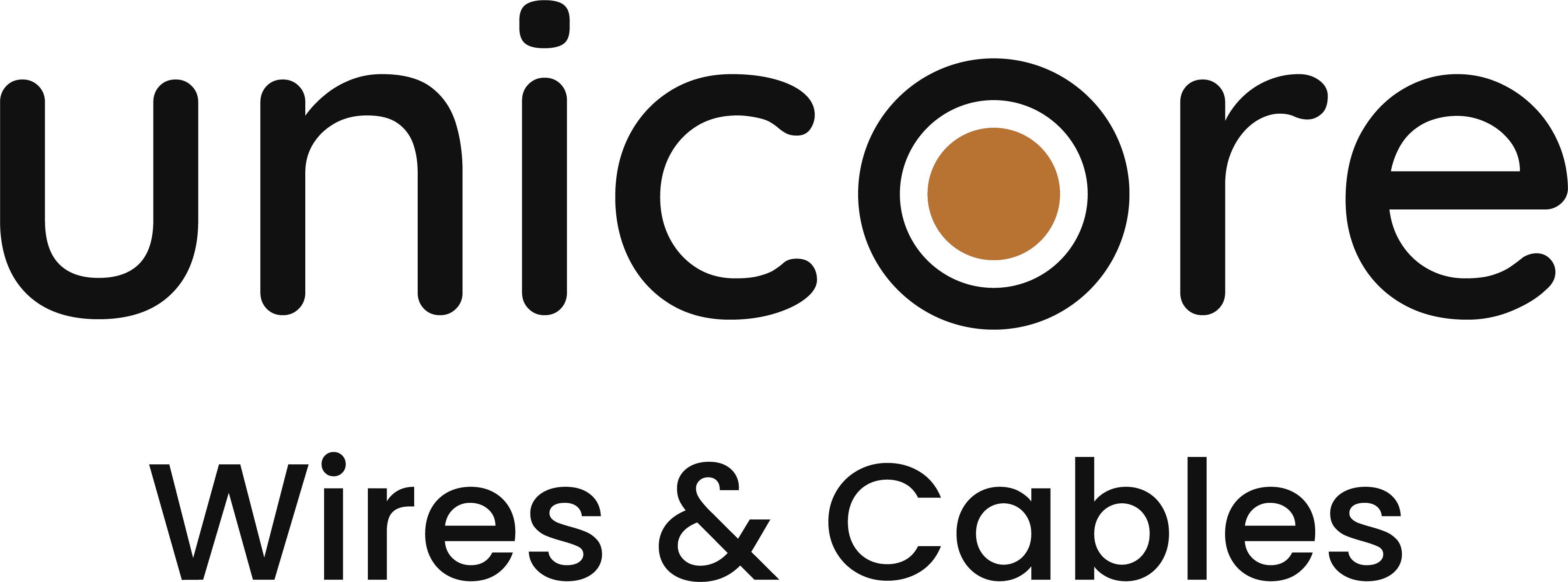Whatsapp : 0311 4499 321 ♦ Email : [email protected] ♦ Monday - Friday : 8:00 AM to 6:00 PM
Power Cables
Power cables carry electric power from power plants, substations, and other power sources to residential, commercial, and industrial users. Power cables are made of different materials, sizes, and types to suit various applications, environments, and voltage levels. This article will provide an overview of power cables, including their types, components, characteristics, and applications.
Types of Power Cables
There are different types of power cables used in electrical power systems, including:
- Low voltage cables: These are cables with voltage ratings below 1kV and are used in domestic and commercial applications.
- Medium voltage cables: These cables have voltage ratings between 1kV and 33kV and are used in power distribution networks.
- High voltage cables: These are cables with voltage ratings above 33kV and are used in power transmission systems, such as grid interconnections.
Components of Power Cables
Power cables consist of the following components:
- Conductor: This is the core of the cable, which carries the electric current. The conductor is usually made of copper or aluminum.
- Insulation: This is the material that surrounds the conductor and provides electrical insulation. The insulation material is usually made of cross-linked polyethylene (XLPE), ethylene propylene rubber (EPR), or polyvinyl chloride (PVC).
- Shield: This is a layer of conducting material, usually copper or aluminum, that is wrapped around the insulation to provide protection against electromagnetic interference.
- Jacket: This is the outer layer of the cable that provides mechanical protection and resistance to environmental factors such as moisture, temperature, and chemicals. The jacket is usually made of polyethylene (PE) or polyvinyl chloride (PVC).
Characteristics of Power Cables
Power cables have various characteristics that determine their suitability for different applications. These include:
- Voltage rating: This is the maximum voltage that the cable can safely carry.
- Current rating: This is the maximum current that the cable can safely carry without overheating or damaging the insulation.
- Temperature rating: This is the maximum temperature that the cable can operate without degrading its insulation or other components.
- Bend radius: This is the minimum radius that the cable can be bent without causing damage.
- Moisture resistance: This is the ability of the cable to resist moisture and water ingress.
Applications of Power Cables
Power cables are used in various applications, including:
- Power transmission and distribution: Power cables are used to transmit and distribute electrical power from power plants, substations, and other power sources to residential, commercial, and industrial users.
- Underground and overhead installations: Power cables can be installed underground or overhead, depending on the application and the environment.
- Renewable energy: Power cables are used in renewable energy systems, such as solar and wind power, to connect the power generation units to the grid.
- Marine and offshore applications: Power cables are used in marine and offshore environments to connect oil and gas platforms, ships, and other offshore installations to the grid.
Power cables are essential components in electrical power transmission and distribution systems. They are made of different materials, sizes, and types to suit various applications, environments, and voltage levels. Power cables have various characteristics that determine their suitability for different applications, including voltage rating, current rating, temperature rating, bend radius, and moisture resistance. Power cables are used in various applications, including power transmission and distribution, renewable energy, marine and offshore applications, and underground and overhead installations.
